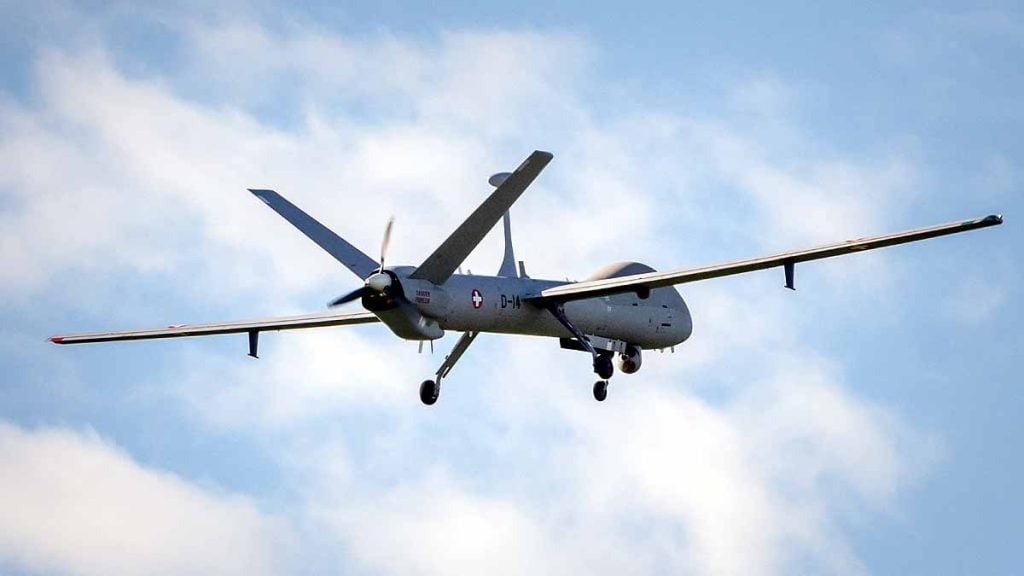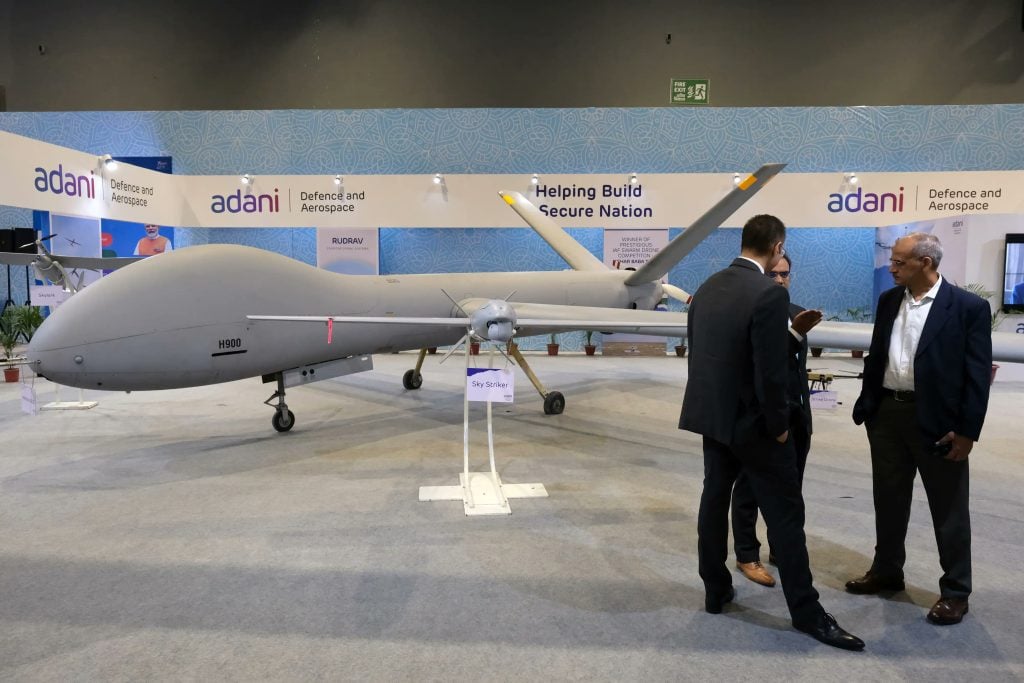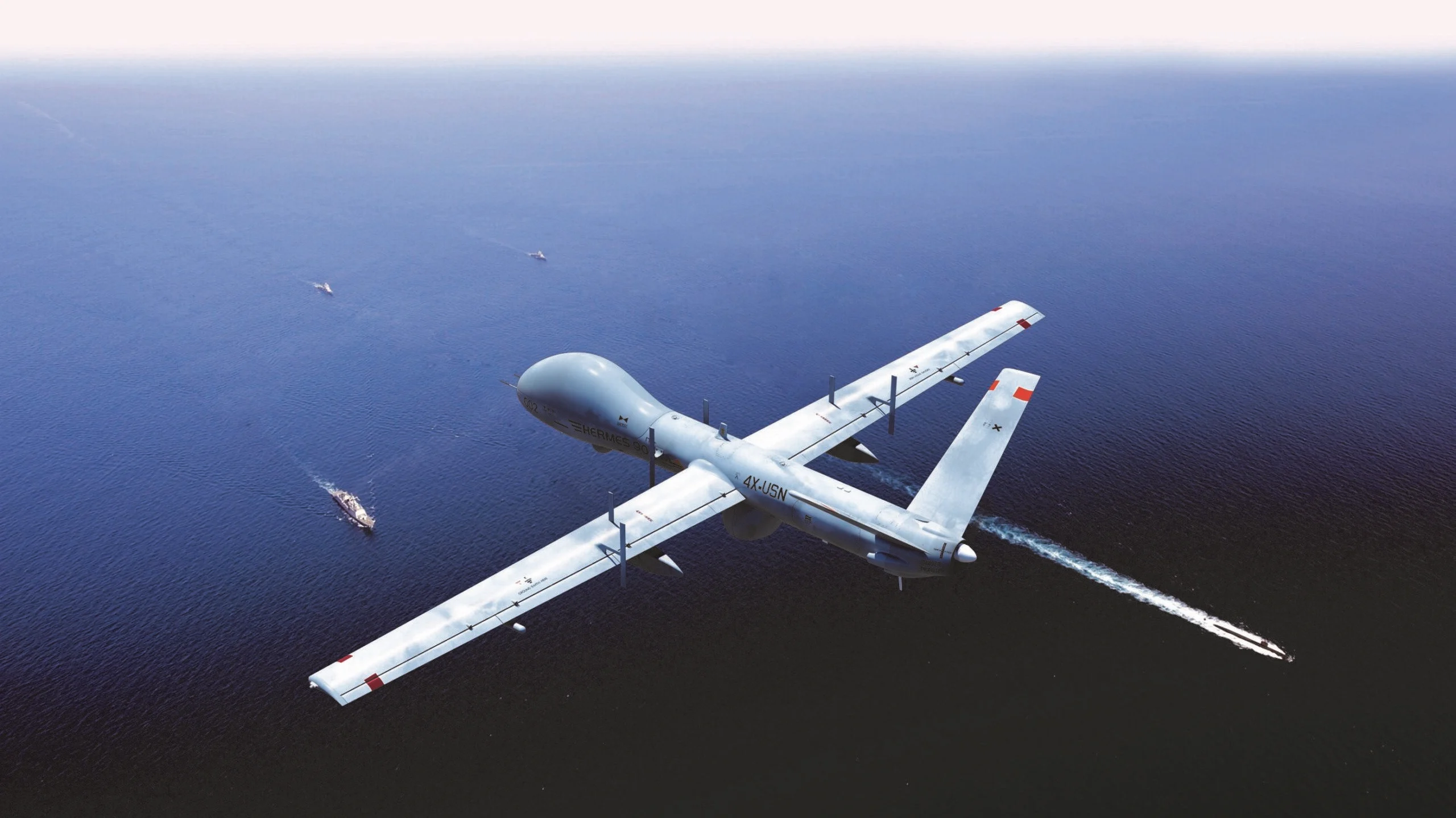Unmanned aerial vehicles (UAVs) have revolutionized the field of surveillance and reconnaissance, providing enhanced capabilities for military operations. One such UAV that has gained significant recognition is the Hermes 900 Starliner drone. In this comprehensive article, we will delve into the features, operational history, and the diverse applications of the Hermes 900 Starliner drone.
Evolution from Hermes 450 to Hermes 900
The Hermes 900 Starliner drone is the successor to the widely used Hermes 450 series of drones. Developed by Elbit Systems, an Israeli defense manufacturer, the Hermes 900 has established itself as a medium-size, multi-payload, medium-altitude long-endurance UAV. Its introduction in 2012 marked a significant milestone in the realm of tactical missions.
Key Features and Capabilities
The Hermes 900 Starliner drone boasts impressive features and capabilities that make it a valuable asset in surveillance and reconnaissance operations. With an endurance of over 30 hours and the ability to fly at a maximum altitude of 30,000 feet, this UAV excels in its primary mission of reconnaissance, surveillance, and communication relay. Let’s explore some of its key features:

1. Payload Options
The Hermes 900 Starliner drone offers a versatile range of payload options, allowing it to adapt to various mission requirements. These options include:
- Electro-optical/infrared sensors
- Synthetic-aperture radar/ground-moving target indication
- Communications and electronic intelligence
- Electronic warfare
- Hyperspectral sensors
2. Size and Weight
With a wingspan of 15 meters and a weight of 970 kilograms, the Hermes 900 Starliner strikes a balance between maneuverability and payload capacity. It can carry up to 300 kilograms of payload, making it a highly efficient and effective UAV.
3. Endurance and Altitude
The Hermes 900 Starliner drone’s impressive endurance of over 30 hours allows for extended missions without the need for frequent refueling or battery replacement. It can operate at altitudes of up to 30,000 feet, providing a comprehensive aerial perspective.
Operational History
Israel
The Hermes 900 Starliner drone made its operational debut during Operation Protective Edge in July 2014. Originally planned for operational deployment in late 2015, it was introduced earlier to perform unique missions. Its first operational mission took place on July 15, 2014, contributing to the successful destruction of terrorist infrastructure. The Israeli Air Force officially added the Hermes 900 to its operational lineup on November 11, 2015.
Azerbaijan
Azerbaijan acquired the Hermes 900 Starliner drone, with reports suggesting the purchase of up to 15 units. In May 2018, the Azerbaijani government confirmed the acquisition, emphasizing the drone’s significance in enhancing their surveillance capabilities. However, during the 2020 Armenian-Azerbaijani skirmishes, the Azerbaijani side denied losing any of its drones.
Brazil
Elbit Systems secured a contract to supply the Brazilian Air Force with the Hermes 900 unmanned air system. This partnership aims to boost Brazil’s aerial capabilities and strengthen its defense infrastructure. In December 2021, the Brazilian Air Force acquired two additional remotely piloted Hermes 900 aircraft, further expanding their fleet.
Canada
In a recent development, the Government of Canada awarded a contract to Elbit Systems for the procurement of a single Hermes 900. This drone will be utilized by Transport Canada for crucial tasks such as oil spill detection, environmental surveys, and monitoring Canada’s Arctic regions.
Chile
The Chilean Air Force was one of the early adopters of the Hermes 900 Starliner drone, acquiring three units. In October 2013, the Chilean Navy also expressed interest in procuring the Hermes 900 for maritime patrol tasks, highlighting its versatility and effectiveness.
Colombia
Colombia has embraced the Hermes 900 Starliner drone, signing a contract with Elbit Systems in 2012 for a mixed fleet of Hermes 900 and Hermes 450 unmanned air systems. The Colombian Aerospace Force confirmed the acquisition of one Hermes 900 in July 2013, demonstrating its commitment to enhancing its aerial capabilities.
European Union
The European Maritime Safety Agency contracted the Portuguese company Centro de Engenharia e Desenvolvimento to provide long-range, long-endurance maritime surveillance services using the Hermes 900 UAV. This collaboration highlights the drone’s potential in addressing maritime safety concerns.
Iceland
Iceland relies on the Hermes 900 Starliner drone to monitor its exclusive economic zone. This application demonstrates the drone’s effectiveness in conducting surveillance and maintaining territorial integrity.
Mexico
The Mexican Federal Police acquired two Hermes 900 systems, strengthening their capabilities in law enforcement and security operations. This collaboration signifies the drone’s applicability in diverse operational scenarios.
Philippines
The Philippine Air Force recently received the delivery of three Hermes 900 and one Hermes 450 unmanned aerial systems. These drones, valued at approximately $175 million, will significantly enhance the Philippine Air Force’s surveillance and reconnaissance capabilities.
Switzerland
Switzerland selected the Hermes 900 to meet its UAV requirements, aiming to replace the RUAG Ranger UAV with six Hermes 900 units. The Swiss model of the drone, called the Hermes 900 StarLiner or Hermes 900 HFE, underwent modifications to meet the specific needs of the Swiss armed forces.

Specifications and Performance
General Characteristics
- Crew: 2 on the ground
- Capacity: 450 kilograms payload
- Length: 8.3 meters
- Wingspan: 15 meters
- Gross weight: 1,100 kilograms
Powerplant and Performance
- Powerplant: 1 × Rotax 916, 160 kW (210 hp)
- Maximum speed: 220 km/h
- Cruise speed: 112 km/h
- Endurance: 36 hours
- Service ceiling: 9,100 meters
Future Developments and Planned Inductions
Indian Army
Given the tense situation along the Line of Actual Control (LAC) in eastern Ladakh, India is set to acquire additional Hermes 900 Starliner drones to enhance its surveillance capabilities along the northern borders. These drones, equipped with satellite communication facilities, are expected to arrive next year. The Indian Army already introduced the Heron Mark-II drones and plans to upgrade the existing fleet of Heron Mark-I UAVs with similar capabilities.
General Atomics MQ-9B Sky Guardian Drones
Furthermore, India is expected to receive 31 General Atomics MQ-9B Sky Guardian drones for the Army and Indian Air Force. Each service branch will receive eight of these advanced drones, along with 15 Sea Guardian drones for the Navy. These acquisitions will significantly enhance India’s aerial capabilities and strengthen its defense infrastructure.
Conclusion
The Hermes 900 Starliner drone has emerged as a reliable and versatile UAV, offering advanced surveillance and reconnaissance capabilities to various nations. Its endurance, payload options, and operational history make it a valuable asset for military operations. As countries continue to invest in UAV technology, the Hermes 900 Starliner drone stands out as a powerful tool in safeguarding national security and maintaining a comprehensive situational awareness.













